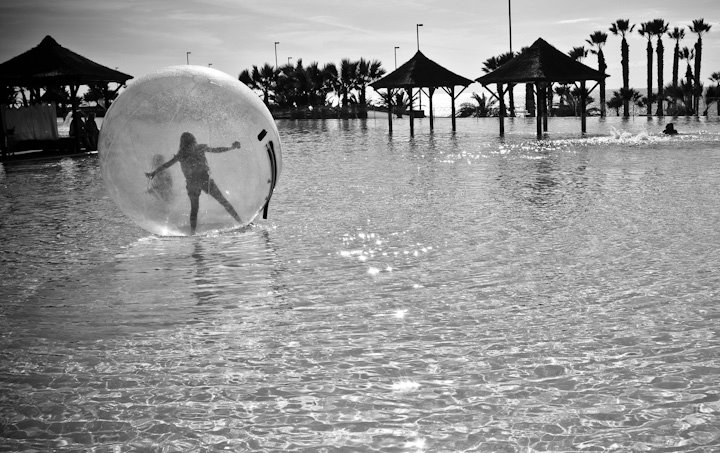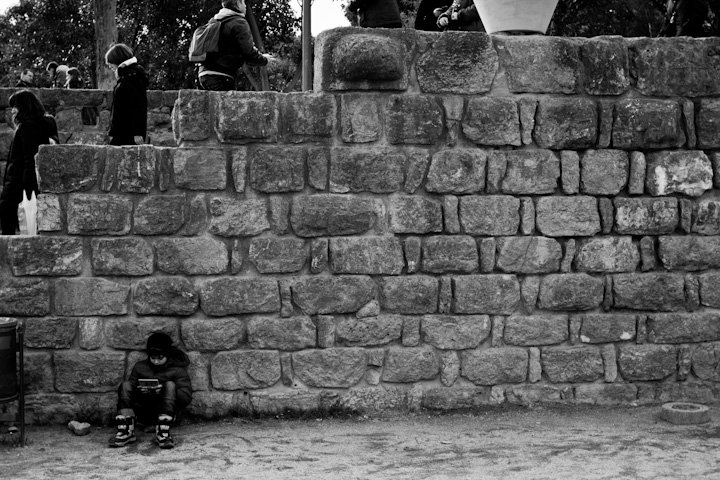So the dust left in the wake of the tornado that is Photokina 2012 is still settling down. DPreview is even calling it “arguably one of the most exciting show for years.” But what does that mean for us street photographers?
Full Frame is Here to Stay. And more are coming.
The above pictures Leica M, along with the Leica M-E are just two examples of dedication to the full frame. Others include the Sony RX1 and the a99, since DSLRs are still relevant. Companies have fought out the Megapixel wars long enough, and consumers are now smart enough to realize that cramming a sh*tload of Megapixels doesn’t mean anything anymore (ahem, I’m talking to you Nokia).
See this video by the Verge:
As the Leica representative mentioned, bigger sensors mean shallower depths of field. This means that you won’t have to resort to a f/1.4~1.8 lens in order to achieve that shallow depth. More importantly, at our common apertures (f/8~11), depth of field will be more noticeable and combined with new technologies, we will be able to get ever so closer to the 35mm film’s dynamic range (millions of shades of grey, and hundreds of thousands of more colors).
The Sony RX1 in its miniaturized, Full-Frame glory. Would you drop $2799 for it?
Companies are Fighting to Be More Accessible than Ever to Us. More options than ever.
The prototype of the planned Olympus 17mm f/1.8 lens.
More and more, street photography is being recognized as a niche. That’s both good and bad. Bad because it’s becoming more and more a colloquial and common term, leaving more room for misinterpretation of the category (I’ve seen some very poorly so-called “street photography” groups with nothing but landscape photos). But the good is that companies are catering more and more to the segment of street photographers. Take the Olympus 17mm f/1.8 lens that’s in production: it’s a clear understanding that photojournalists and street photographers clamor for the 35mm equivalent.
Fuji introduced the X-E1 and released firmware to speed up the X-Pro 1:
Fujifilm as a company is setting a great example by listening to the feedback of their customers. Granted, their company is still recovering from a decade of obsolescence, as their execution still is a bit shabby (release a half-complete product, then fix: as evidenced by the X100, X10, and X-S1), but they make it right. They understood the speed of the X-Pro 1 was not suited for street photography, but fixed it to be suitable enough for street photography. That is the power of the consumer and photographer, we who choose the tools in this competitive brand landscape.
The OM-D E-M5, my current primary camera, also is a model of response. Having heard the call for a better sensor, faster AF, and a retro styled camera. In fact, it’s become one of the best cameras on the market for street photography because of this smart, targeted response to photographers.
Those who ignore our demands are quickly becoming obsolete.
I won’t say much. Hasselblad tried to defend its Lunar system, a repackaged NEX system for the price of a cool $5k.
Those who try to market their way to photographers who demand a specific set of features won’t work anymore.
The same goes for companies who decide not to innovate, or create new things as excuses to claim they’re innovating. Samsung, in the Verge video above on larger sensors, argue that they want to optimize for their smaller sensors. On one hand it’s great that they’re to perfect what they do, but that’s evolutionary, not revolutionary. Being stuck with smaller sensors, they will never appeal beyond the amateur photographer. If that’s their target segment, that makes business sense. But innovation is all about breaking the barrier and trying something that doesn’t seem to be possible technologically.
Even Pentax, who is struggling to understand consumer needs with their infamously (and somewhat uselessly) tiny Q system, is trying hard to re-position their products by the needs of the consumer. This is what we need to see in the photo industry.
In the words of Louis C.K, “Everything’s Amazing and No One is Happy.” For us street photographers who demand depth in our photos, quick function and focus in our cameras, it’s an exciting time for us in this world.
&& Phil
Talk to me and follow me on Twitter @philhanphoto. (<-hey isn’t that a new username?!)
If you want to keep up with my latest articles and photos, Like me on my facebook page, Phillipe Han Photography!
And as always, comments below. Disagree? Agree with my thoughts? Let me know!
P.S. I’ve also joined a photo collective, revisedMEDIA. Check it out! Inspiring photos abound!






























































